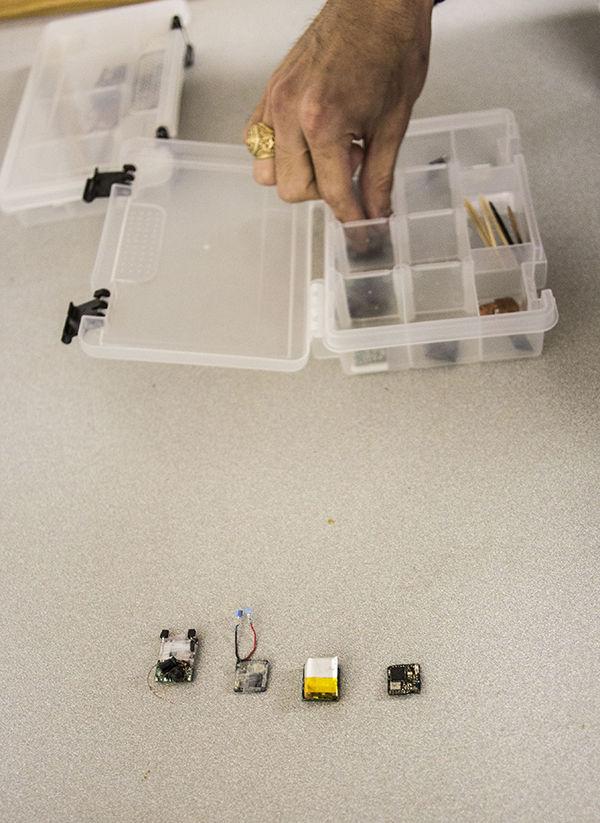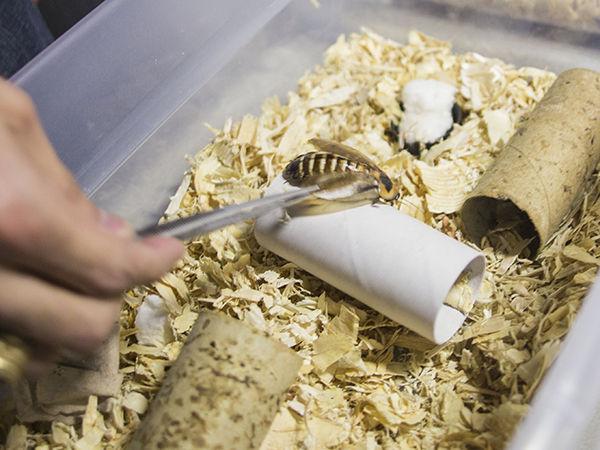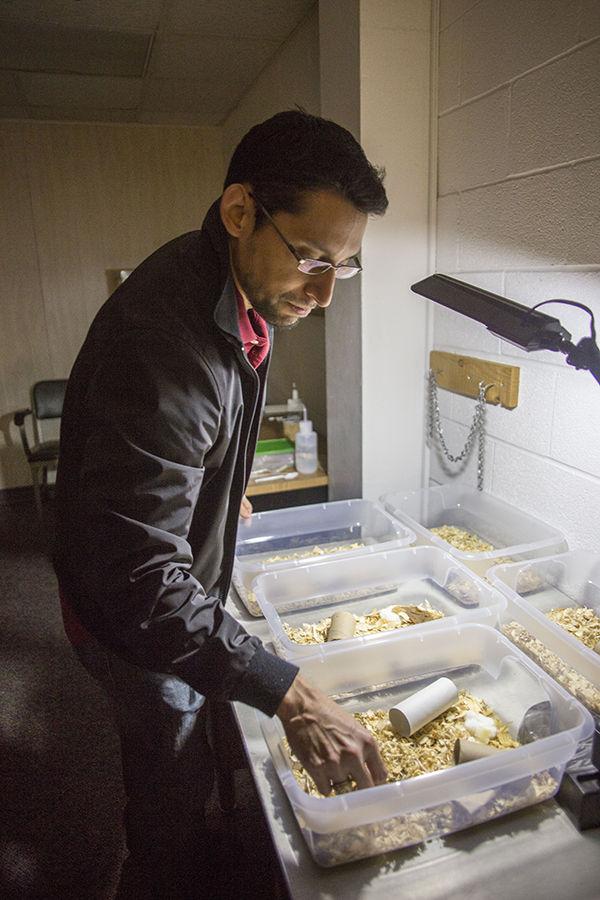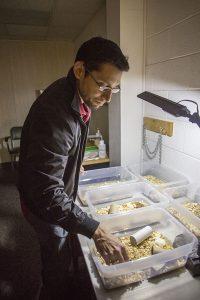It is either breakthrough science or the stuff of nightmares, but remote-controlled cockroaches are now possible.
The mechanical engineering department at Texas A&M has teamed up with entomologists in order to develop remotely controlled cockroaches.
Control of cockroaches has been performed before by stimulating the roaches’ antennae. The research conducted at A&M, however, hacked the cockroach nervous system to direct it in any chosen direction — a feat that could one day see cockroaches used as surveillance and emergency response tools.
Liang Hong, mechanical engineering professor, said using the roach nervous system has advantages over using its antennae. In this new method of control the cockroaches are outfitted with a small “backpack” that contains many components such as a lithium battery power source and the electrodes that are implanted into the roach’s nervous system.
When signaled, the electrodes send a pulse of electricity into the cockroach ganglia, which then throws off its normal walking pattern. By choosing between the left or right ganglia, the researchers can make the roaches turn in a direction of their choice. By going directly into the nervous system, the cockroach can’t rely on its other senses like it did
with the antennae method.
Jorge González, an entomologist who worked with the group, said this method is more effective than those developed in the past.
“When we implanted the electrodes into the ganglia the period for becoming accustomed [to the signal] was much slower,” Gonzalez said. “The other thing is that after a short period of rest you can start sending the signals again.”
Gonzalez said cockroaches make for a near-perfect organism when it comes to this project. They are easily available and tough — cockroaches can deal with a surprising amount of physical stress. In fact, after having the electrodes implanted and later removed, the roaches go on to live normal lives.
These controllable cockroaches may have significant uses outside of academic research. Because roaches are so strong, they could be outfitted with many different instruments for data recording. This technology could be used in surveillance for areas that humans have trouble reaching, such as rubble after a major earthquake.
“You can have multiple backpacks and set them up as a routing system, so one can communicate with the next and next, all the way to the home base,” said Carlos Sanchez, the head graduate student working on the project.
The communication system would allow for the cockroaches to be networked and have their data combined and collected to give a better picture of the situation. With this new form of surveying, Sanchez said lives could be saved in places where before, help was slow to reach.














